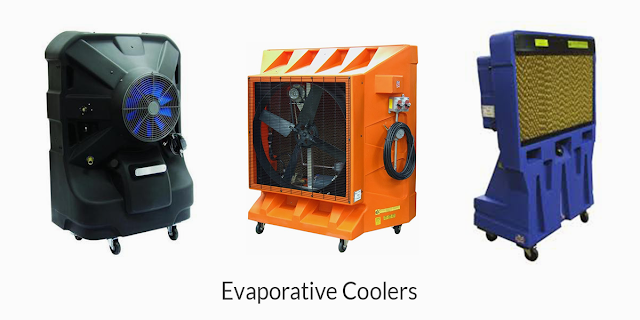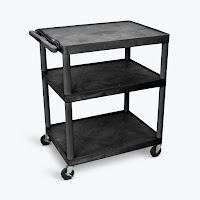Fans and Cooling Equipment
There are various ways to cool down your indoor temperature. There are natural ways like keeping the blinds closed during the daytime and keeping some windows open during the night.
However, doing these things is not enough to guarantee that you will have a pleasant indoor temperature. On the contrary, they may even make air quality worse and cause problems related to dust, unpleasant odors, and insects that can enter through your windows.
If you want to achieve that cool comfort that you want, the best way is to set up a cooling system using the appropriate equipment. Keep reading to learn more about some equipment that you may use.
Air conditioning units and heat pumps are commonly used to cool an entire room, house, or office. They typically feature refrigerants in an indoor coil, which then cools air and spreads it throughout a room with the use of ducts.
In some places, specifically those with temperate climates that don’t require aggressive cooling or heating systems, heat pumps are considered as more advantageous and energy-efficient than air conditioners. This is because heat pumps can work in reverse. Basically, heat pumps can work both as a cooling and heating equipment.
Evaporative coolers, on the other hand, are ideal for low-humidity areas. They work by pulling in hot or warm air from outdoors and moving it over specially-designed built-in pads and a water reservoir. This process causes the water to evaporate, resulting in a cooler temperature inside the cooler. Then, the device’s built-in fan blows the cooled air out, providing you with the cooling that you need.
Equipment like ceiling and wall-mounted fans, blower fans, and pedestal floor fans work by creating a wind chill effect. As a fan blows air over your skin, sweat evaporates from your skin, and you naturally feel cooler. Looking more closely, what a fan does is help decrease your body temperature instead of decreasing the temperature of your surroundings.
Additionally, fans can work well with air conditioners. If you wish to speed up how a cooling unit spreads cool air around your room, simply turn a fan on and let it aid your cooling device in making your room a cozy and comfortable place to be in.
However, doing these things is not enough to guarantee that you will have a pleasant indoor temperature. On the contrary, they may even make air quality worse and cause problems related to dust, unpleasant odors, and insects that can enter through your windows.
If you want to achieve that cool comfort that you want, the best way is to set up a cooling system using the appropriate equipment. Keep reading to learn more about some equipment that you may use.
What are some examples of cooling equipment?
The most common cooling equipment used in residential, commercial, and industrial settings includes air conditioning units, heat pumps, and evaporative coolers.Air conditioning units and heat pumps are commonly used to cool an entire room, house, or office. They typically feature refrigerants in an indoor coil, which then cools air and spreads it throughout a room with the use of ducts.
In some places, specifically those with temperate climates that don’t require aggressive cooling or heating systems, heat pumps are considered as more advantageous and energy-efficient than air conditioners. This is because heat pumps can work in reverse. Basically, heat pumps can work both as a cooling and heating equipment.
Evaporative coolers, on the other hand, are ideal for low-humidity areas. They work by pulling in hot or warm air from outdoors and moving it over specially-designed built-in pads and a water reservoir. This process causes the water to evaporate, resulting in a cooler temperature inside the cooler. Then, the device’s built-in fan blows the cooled air out, providing you with the cooling that you need.
What about fans?
Fans are relatively cheaper than air conditioners. There are several portable varieties, they consume less energy, and they are much easier to clean and maintain. However, an important thing to know about fans is that while they can make a room feel more comfortable, their primary function is to circulate air, not to make it cooler.Equipment like ceiling and wall-mounted fans, blower fans, and pedestal floor fans work by creating a wind chill effect. As a fan blows air over your skin, sweat evaporates from your skin, and you naturally feel cooler. Looking more closely, what a fan does is help decrease your body temperature instead of decreasing the temperature of your surroundings.
Additionally, fans can work well with air conditioners. If you wish to speed up how a cooling unit spreads cool air around your room, simply turn a fan on and let it aid your cooling device in making your room a cozy and comfortable place to be in.



Comments
Post a Comment